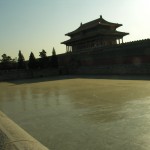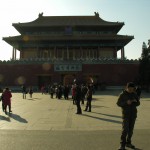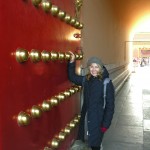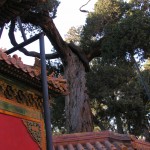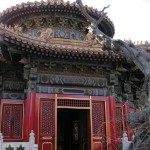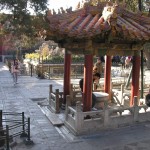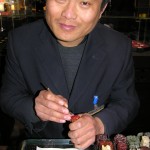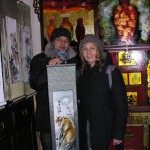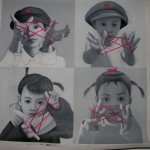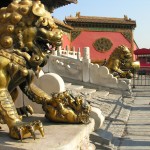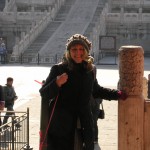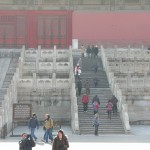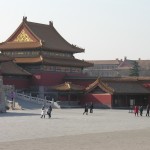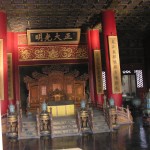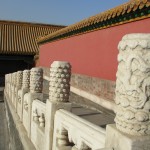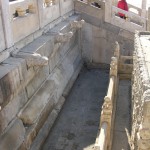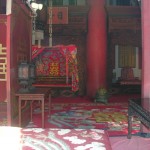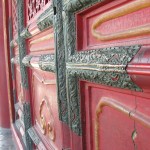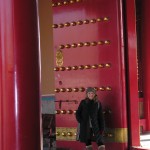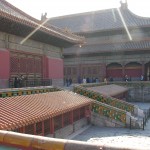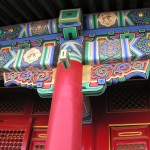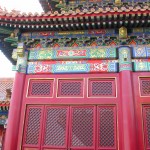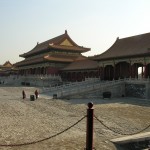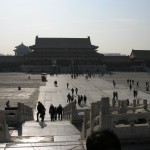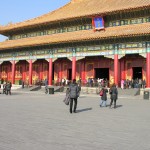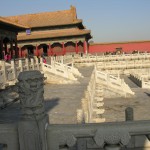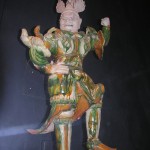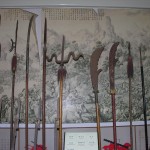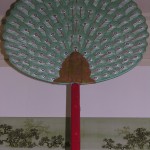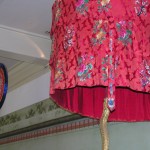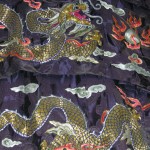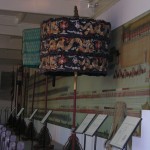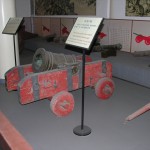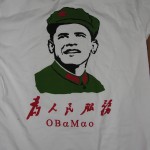The Forbidden City was the Chinese imperial palace from the Ming Dynasty to the end of the Qing Dynasty. Located in the middle of Beijing it was the home of Emperors and their households (including concubines), as well as the ceremonial and political center of the Chinese government, for almost five hundred years. The complex covers 7,800,000 sq, ft. consisting of 980 buildings with 8,707 rooms. It was built around 1406. The palace complex exemplifies traditional Chinese palatial architecture. When I walked in I noticed the buildings were brightly painted and rambling to the end of the horizon. One building after another. It was just the most amazing place, I kept imagining myself as a little emperor playing on the stairs, hiding behind walls, and climbing the most delightful shaped trees.
One of the trees had gnarled elbows with long branches hanging downward which looked like dragon claws.
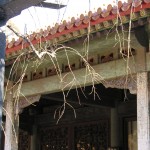 I love this tree and want one in my yard!
I love this tree and want one in my yard!
I found a couple artisans, one carved me a chop mark that says su san, maybe su shan. Su means family name. San stands for the number three and they seem to prefer Shan which means mountains. Personally it means family of twin peaks, my play on words. Then I meet a teacher from the local art university. He was selling his work along with other professors to help generate money for scholarships. I am a sucker for helping kids go to art school and bought a black and white oil panel with the four children holding red yarn stars and a traditional tiger painting. Love my art finds.
Inside some of these rooms we found mini-museums of pottery, jewelry, weaponry and ceremonial attire.
Then a trip to the hutongs or alleyways of Beijing to eat and shop. I ran out of memory on my card but here is my find at a propaganda store.
